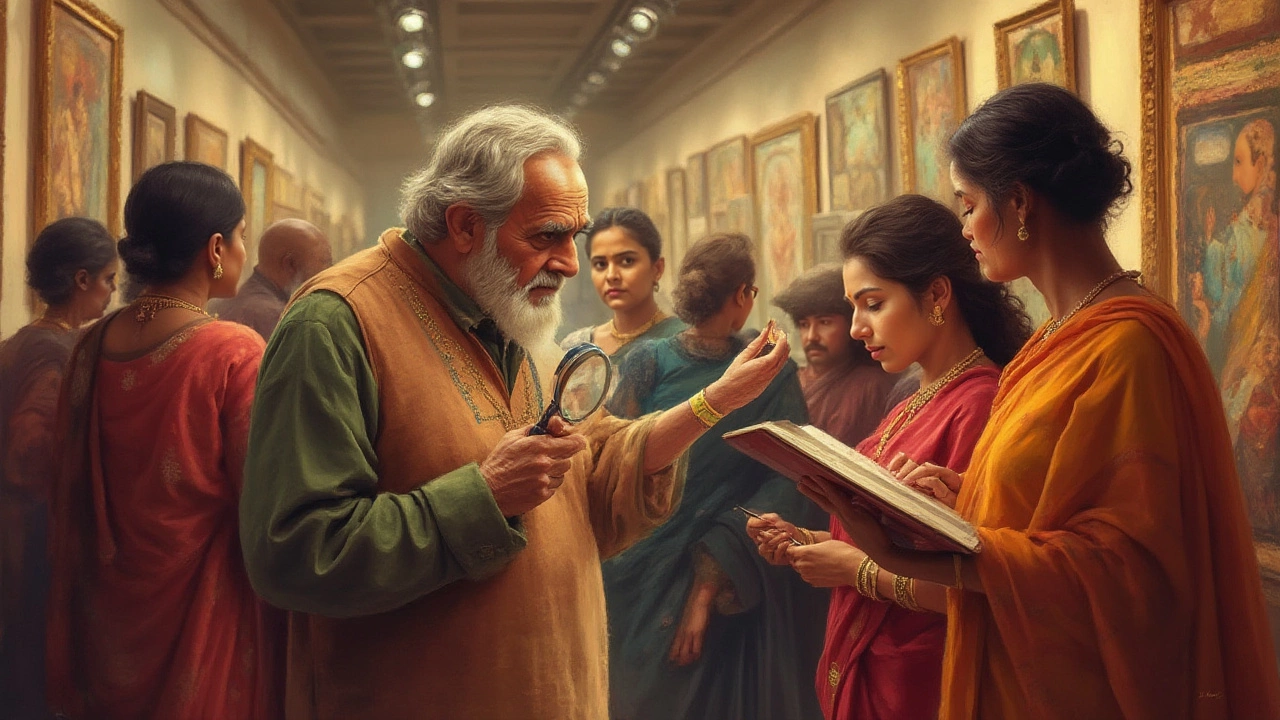Art Authentication: How to Spot Fakes and Verify Originals
If you love collecting, buying, or even just admiring art, you’ve probably heard the term “art authentication.” It simply means confirming whether a piece is truly what it claims to be. With fake works flooding the market, a quick check can save you money and heartache.
First, ask yourself why you need authentication. Are you planning to buy a piece? Is it a family heirloom you want to protect? Or maybe you’re a gallery owner needing to prove a work’s legitimacy to buyers. Knowing the purpose shapes how deep you’ll go.
Basic Steps Anyone Can Take
1. Visual inspection. Look at the canvas, frame, and signature. Real paintings often show subtle brush‑stroke variations, aging cracks, or patina that fakes lack. Use a magnifying glass to check the texture of the paint and the consistency of the signature.
2. Research provenance. Provenance is the documented history of ownership. A reliable paper trail – receipts, auction records, or letters – adds credibility. If the story stops abruptly or seems invented, raise a red flag.
3. Compare with reference images. Search for high‑resolution photos of the artist’s known works. Look for matching styles, color palettes, and recurring motifs. Even tiny differences in composition can indicate a copy.
When to Call the Pros
While DIY checks help, professional authentication is essential for valuable pieces. Certified art appraisers, conservators, or the artist’s estate can perform scientific tests such as:
- Infrared reflectography – reveals underdrawings hidden beneath the paint.
- X‑ray fluorescence – identifies pigments and materials used, matching them to the artist's era.
- Carbon dating – estimates the age of organic materials like canvas or wood.
These methods are pricey, but the cost is a fraction of losing a multimillion‑dollar masterpiece to a fake.
Another practical tip: keep records of every test and opinion you receive. Documentation builds a stronger case if you ever need to prove authenticity in a legal setting.
Lastly, trust your gut. If something feels off, don’t ignore it. Many collectors have walked away from deals that later turned out to be frauds.
By combining simple visual checks, solid provenance research, and professional scientific analysis, you can dramatically lower the risk of buying a fake. Remember, authenticity isn’t just about price—it’s about preserving the true story behind each artwork.
